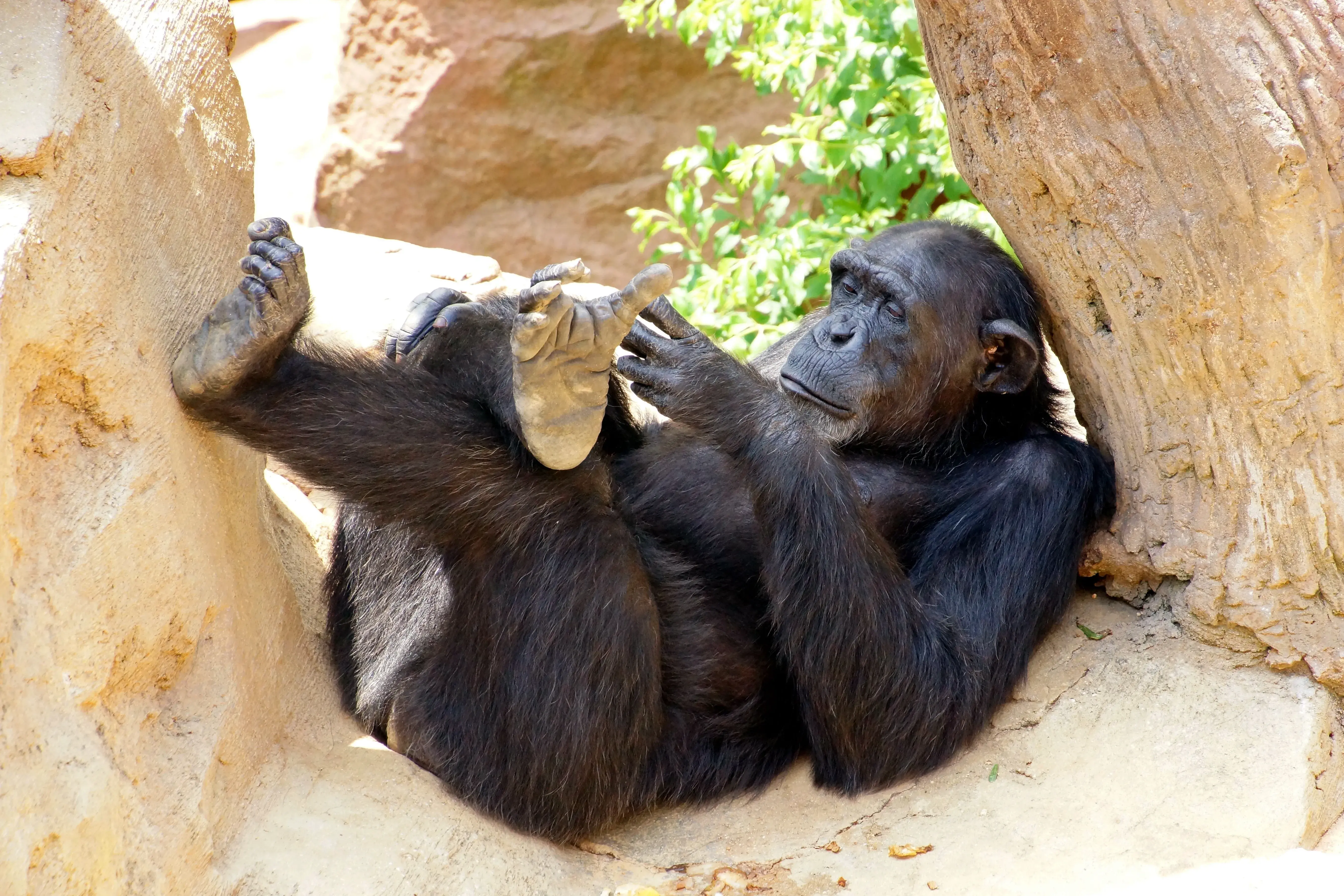
Mafia Tanzania
Stroll along sandy lanes through the coconut palms. Explore a coastline alternating between dense mangrove stands and white sand beaches. Get to know traditional Swahili culture. If these appeal, you’re likely to love Mafia.
This green wedge of land surrounded by turquoise waters, pristine islets and glinting white sandbanks remained off the beaten track for years, undiscovered by all except deep-sea fishing aficionados and a trickle of visitors. Now, this is changing fast, with the island’s tourist accommodation growing from one to nearly a dozen hotels over the past decade. Yet Mafia remains refreshingly free of the mass tourism that is overwhelming Zanzibar. It makes an amenable post-safari respite and is a rewarding destination in its own right.
Among Mafia’s attractions is its tranquil pace, underwater life, up market lodges, strong traditional culture and long history. Green and hawksbill turtles have breeding sites along the island’s eastern shores and on the nearby islands of Juani and Jibondo.
To protect these and other local ecosystems, the southeastern part of the island, together with offshore islets and waters, has been gazetted as a national marine park. Whale sharks (potwe in Swahili) visit Mafia between about November and February, and are best seen offshore near Kilindoni.
History
In addition to Mafia Island, the Mafia archipelago includes Juani (southeast of Mafia), Chole (between Mafia and Juani), Jibondo (south of Juani) and at least a dozen other islets and sandbars. The archipelago first rose to prominence between the 11th and 13th centuries in the days when the Shirazis controlled much of the East African shoreline. Thanks to its central buffer position between the Rufiji River delta and the high seas of the Indian Ocean, it made an amenable trading base, and the local economy soon began to thrive. One of the first settlements was built during this era at Ras Kisimani, on Mafia’s southwestern corner, followed by another at Kua on Juani; by the time the Portuguese arrived in the early 16th century, Mafia had lost much of its significance and had come under the sway of the Sultan of Kilwa. In the early 18thcentury, the island’s fortunes revived, and by the mid-19th century it had fallen within the domain of the powerful Omani sultanate, under which it flourished as a trade centre linking Kilwa to the south and Zanzibar to the north. It was during this era that the coconut palm and cashew plantations that now cover much of the island were established.Following an attack by the Sakalava people from Madagascar, Mafia’s capital was moved from Kua to the nearby tiny island of Chole. Chole’s star ascended to the point where it became known as Chole Mjini (Chole City), while the now-main island of Mafia was referred to as Chole Shamba (the Chole hinterlands). Mafia’s administrative seat continued on Chole throughout the German colonial era. It was moved to Kilindoni on the main island by the British, who used Mafia as a naval and air base.
Today, farming and fishing are the main sources of livelihood for Mafia’s approximately 45,000 residents, most of whom live on the main island. While shopping in the markets, you’ll find cassavas, cashews and coconuts in abundance.















